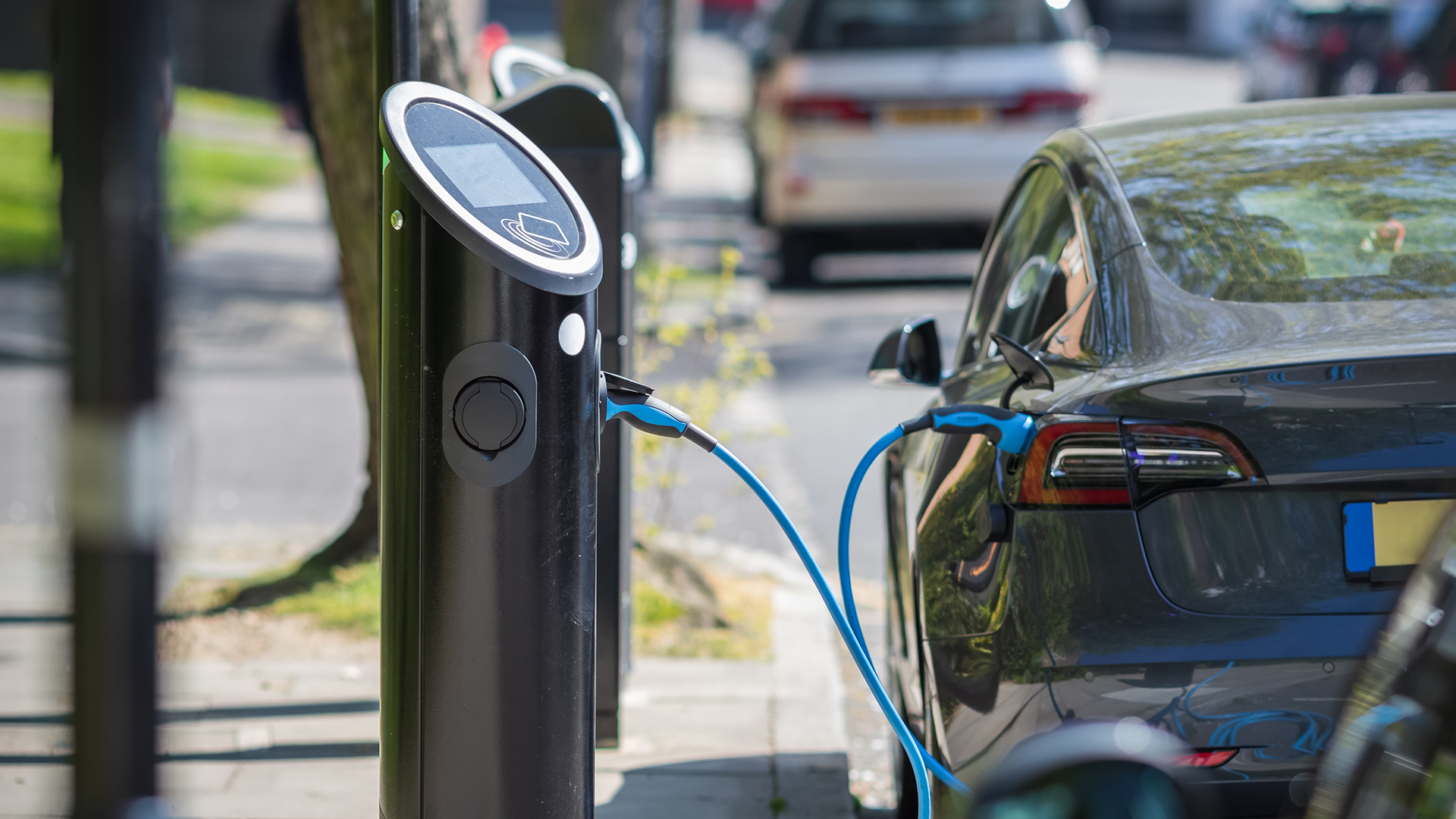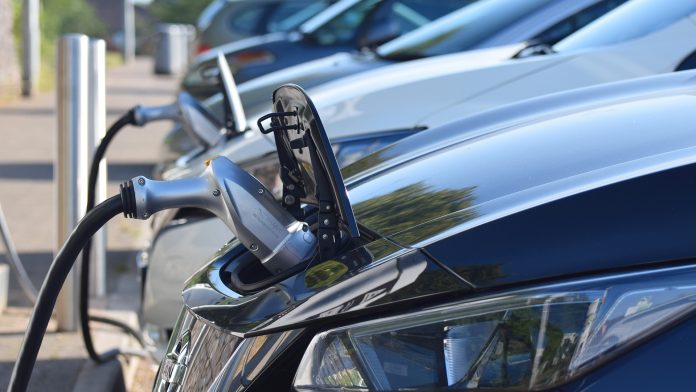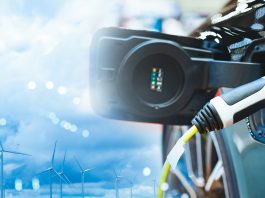The Society of Motor Manufacturers and Traders (SMMT) calls on the UK Government to slash VAT on public EV charging to make electric vehicles more affordable.
Currently, VAT on public EV charging is four times higher than charging at home. This is a major issue for some EV owners, as where they live might not be suitable to fit a home charging system.
With the UK Government aiming to increase the adoption of EVs to meet climate goals, the SMMT argues that the significant VAT increase on public EV charging will cause some motorists to make a U-turn on purchasing an EV.
The organisation is calling for parity in VAT between home and public charging to create a fairer landscape that can ensure the continued growth of the sector.
Mike Hawes, the Chief Executive of SMMT, explained: “The new car market is growing back and growing green as the attractions of electric cars become apparent to more drivers. But meeting our climate goals means we have to move even faster.
“Most electric vehicle owners enjoy the convenience and cost saving of charging at home but those that do not have a driveway or designated parking space must pay four times as much in tax for the same amount of energy.
“This is unfair, and risks delaying greater uptake, so cutting VAT on public EV charging will help make owning an EV fairer and attractive to even more people.”
Why is VAT on public EV charging higher?
The cost saving per mile of charging an EV at home is 60-70% compared to refuelling a petrol or diesel vehicle – a strong incentive for drivers to make the transition to EVs.
The reason EV owners save so much money refuelling is that EVs are incredibly efficient, and the VAT on home charging is just 5%.
This reduced rate of VAT is known as the ‘de minimis’ provision, which applies if:
- The supply of electricity is ongoing;
- Is to a person’s house or building’ and
- Is less than 1,000 kilowatt hours per month.
However, de minimis does not apply to electricity supplies of public EV charging stations, such as those at car parks, petrol stations, and on-street parking.

This is because they are usually not ongoing supplies to one person in which the rate of supply can be calculated, resulting in the VAT on public EV charging being 20%.
The SMMT is confident that levelling the playing field will make owning an EV more attractive to customers.
EV sales are on the rise
The latest SMMT figures show that the proportion of motorists switching to EVs is growing.
In 2023 so far, 949,720 new cars have joined the UK roads, with battery electric vehicles representing 152,968 deliveries – 13 times more than the same period in 2019.
The BEV market share for 2023 is 16.1%. However, a new zero-emission vehicle mandate set to start in six months requires 22% of BEV registrations per manufacturer, meaning sales need to increase significantly.
The last month has seen steady progress, with BEV registrations growing by 39.4% and hybrids and plug-in hybrids increasing by 40.1% and 65.5%, respectively.
However, this is mainly due to business and fleets instead of private buyers because of the attractive financial incentives on offer, with large fleet registrations up 37.9% to 92,699 units and private demand increasing by 14.8% to 79,798 units.
VAT cuts on public EV charging are expected to accelerate this uptake further.









